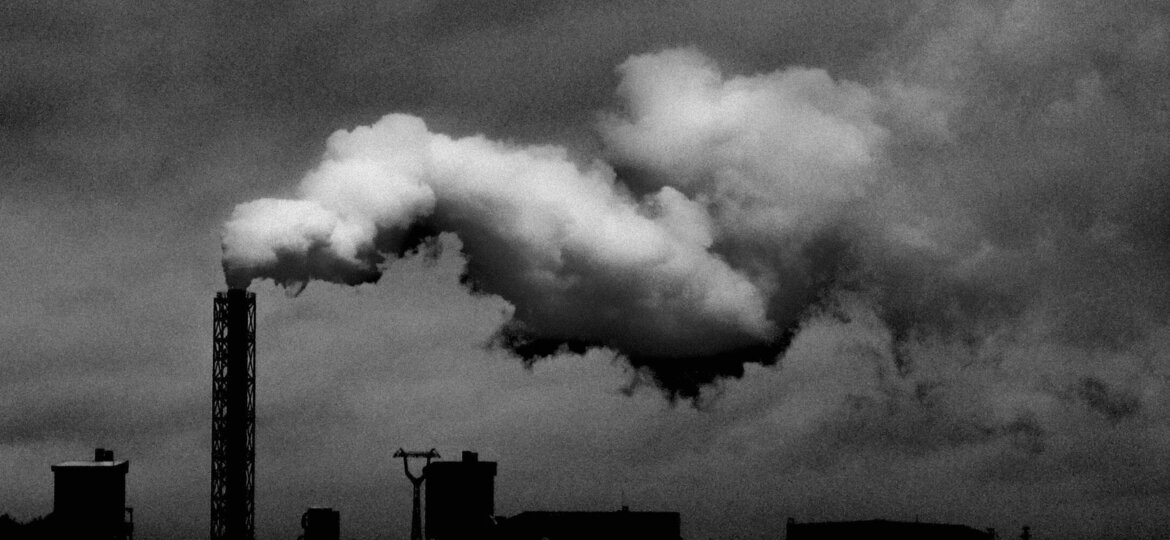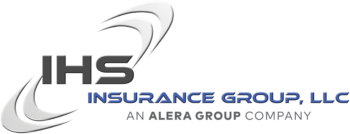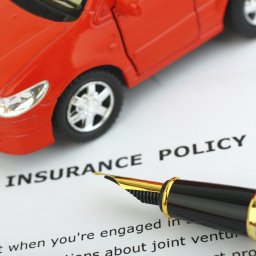
Business Environmental Liability Insurance Details
According to the National Association of Insurance Commissioners (NAIC), an increased frequency and severity of natural catastrophes, such as floods and earthquakes, will cause businesses to face more environmental liability exposures as we move through the decade.
And compared to general liability and commercial property claims, whether they’re sudden or gradually occur over time, pollution liability occurrences are often large, expensive, and complicated.
In this article, I’ll briefly discuss the basics surrounding environmental insurance and outline how you can learn more.
What are Environmental Liability Insurance Basics?
Environmental liability insurance—also commonly referred to as pollution legal liability or contractor’s pollution liability insurance—covers losses and damages related to the accidental release of pollutants into the environment, including:
- Bodily injury – Generally enhances the BI coverage found under a commercial GL policy.
- Property damage – Generally enhances the PD coverage found under a commercial GL policy.
- Cleanup costs – Based on environmental laws and requirements.
- Defense costs – Up to the limit of liability.
- Business interruption – Provides support if the business cannot operate as a direct result of the claim.
Although many companies purchase general liability and property insurance, these policies specifically exclude pollution-related claims, potentially leaving businesses exposed financially and reputationally.
The NAIC adds that if you’re a mortgage lender, real estate agent, manager, or developer, environmental insurance policies are designed to protect your professional interests related to “contamination or operational issues, such as mold, lead paint, asbestos, Legionella or indoor poor air quality.”
What are Some Common Environmental Liability Insurance Exclusions?
Pollution liability policies typically exclude intentional acts (as well as war and terrorism) or claims related to asbestos, worker’s compensation, employer liability, and product liability. Additional standard exclusions include:
- Failure to Maintain Insurance – If a contractor fails to maintain minimum limits based on the insurance limits. It also excludes related fines, penalties, and internal expenses.
- Contractual Liability – Excludes coverage if a contractor fails to provide obligated coverage.
- Vehicles and Non-Owned Storage Facilities – Excludes coverage for vehicle-related contamination, as well as storage facilities not owned by the insured.
- Named Insured vs. Named Insured – If two contractors are covered under the same policy, litigate against one another.
Are There Different Types of Environmental Liability Insurance?
A pollution liability insurance policy is typically customizable, whether businesses handle materials like acids, alkalis, gases, liquids, or toxic chemicals or generate fumes, smoke, soot, or other irritants or contaminants.
Still, the Insurance Information Institute (III) explains that most policies fall under one of three basic forms:
- Environmental consultants’ errors and omissions – These policies cover “consultants who advise third parties about environmental conditions,” but only at listed locations.
- Environmental contractor – Covers “operations performed by a remediation contractor.”
- Environmental testing laboratory – Provides liability coverage for “firms that analyze hazardous materials in the soil, ground, or air.”
Can You Add Coverages to a Pollution Liability Insurance Policy?
There are many different endorsements available based on the types of exposures, depending on the specific insurance carrier. According to the International Risk Management Institute (IRMI), standard options include:
- Brownfields restoration and development
- Non-owned waste disposal sites
- Transportation of pollutants as cargo
- Loss of rents
- Extra expense
- Reputational damage
- Midnight dumping on insured locations
- Coverage for fungi/bacteria
- Secured creditor
- Over-the-road (aka transporter) insurance
- Storage tank pollution
- Healthcare premises
- Energy-related coverages
- Excess coverages
Who Should Buy Environmental Liability Insurance?
When it comes to environmental liability claims, many insureds are unaware that their commercial general liability policies exclude coverage, leaving them potentially exposed to costly repercussions.
You might also be unaware that just about any business can be insured against unforeseen exposures under an environmental pollution claim, regardless of size or industry. Not only companies explicitly that store or handle toxic materials.
Examples include colleges and universities, health care facilities, laboratories and medical technology businesses, food distributors, manufacturers, printers/publishers, contractors, and warehousers.
In this regard, the IHS Insurance Group professionals can work with you to help determine potential environmental coverage gaps for your company.
How Much Does Environmental Liability Insurance Cost?
The excess and surplus lines insurance marketplaces write most environmental and pollution liability insurance policies because of the high payouts associated with related claims. As a result, businesses can expect to pay higher premiums than they might for standard general and product liability coverage.
Furthermore, based on their customizability, what you pay for environmental liability insurance could be very different than another business.
With these details in mind, you can generally expect to pay somewhere between $3,000 and $8,000 per year for coverage. However, keep in mind that you could pay $50,000 or more, depending on your industry and specific exposures.
Where Can You Purchase Environmental Liability Insurance for Your Business?
IHS Insurance Group represents many of the top environmental liability insurance carriers. After an in-depth analysis of your needs and current coverage, we can shop around to balance your insurance needs with your budget!
Do you need a FREE Quote or have questions regarding commercial insurance? Please fill out our quick GET A FREE QUOTE form, and an agent will get back to you at your convenience!
We look forward to speaking with you today!















